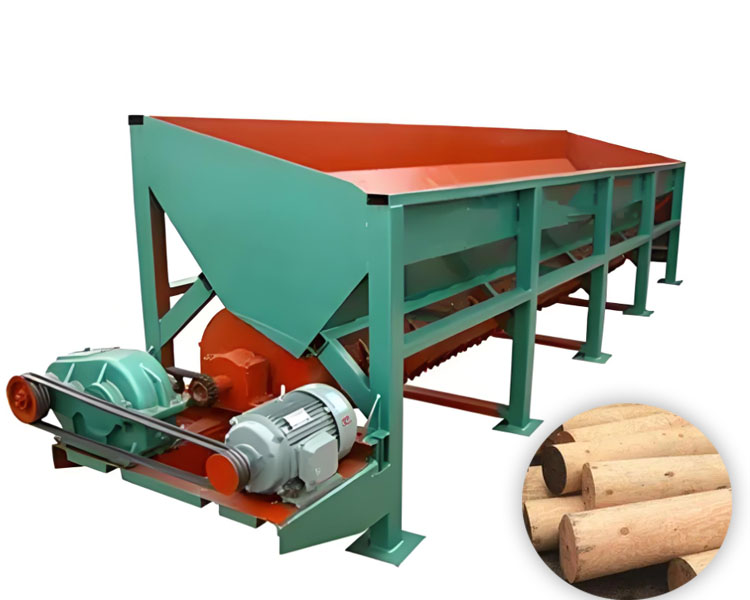Wood peeling machine
What is a wood peeling machine?
The wood peeling machine is mainly composed of feeding mechanism, discharging mechanism, cutting disc, transmission system, chassis, and other parts, and belongs to one of the wood processing machinery series products; The wood peeling machine, as the name suggests, is to peel off the bark of wood
Wood peeling machine (also known as tree peeling machine, log peeling machine) is a key equipment in wood processing machinery, mainly used to remove the skin of logs and provide pre-treatment support for subsequent processes such as rotary cutting, pulping, and artificial board production.
Table of Contents
- What is a wood peeling machine?
- Characteristics of Wood Peeling Machine Products
- Classification of Peeling Machines
- Video operation effect display of wood peeling machine
- What is the working principle of a wood peeling machine?
- Scope of use of log peeling machine
- Why do logs need to be peeled and used?
- Wood peeling machine for sale: purchasing suggestions
Characteristics of Wood Peeling Machine Products
- Adopting four sided cutting tools, convenient to use and low in cost.
- The cutter head pressure regulation is hydraulically controlled, with advanced structure and reliable performance.
- The feeding mechanism adopts continuously variable speed, which has a good peeling effect on difficult to peel tree species such as frozen materials, bent materials, eucalyptus, oak, and elm,
- High peeling cleanliness, high productivity, and minimal wood damage.
- Efficient peeling: By using mechanical force (such as friction, impact, and compression) to peel off the bark, the peeling rate can reach over 95%.
- Strong adaptability: It can handle wood of different tree species (coniferous wood, broad-leaved wood), diameters (20-500mm), and shapes (curved wood, frozen wood).
- Protecting Wood: Adopting advanced technology to reduce damage to the main body of wood, with a wood loss rate of less than 3%.
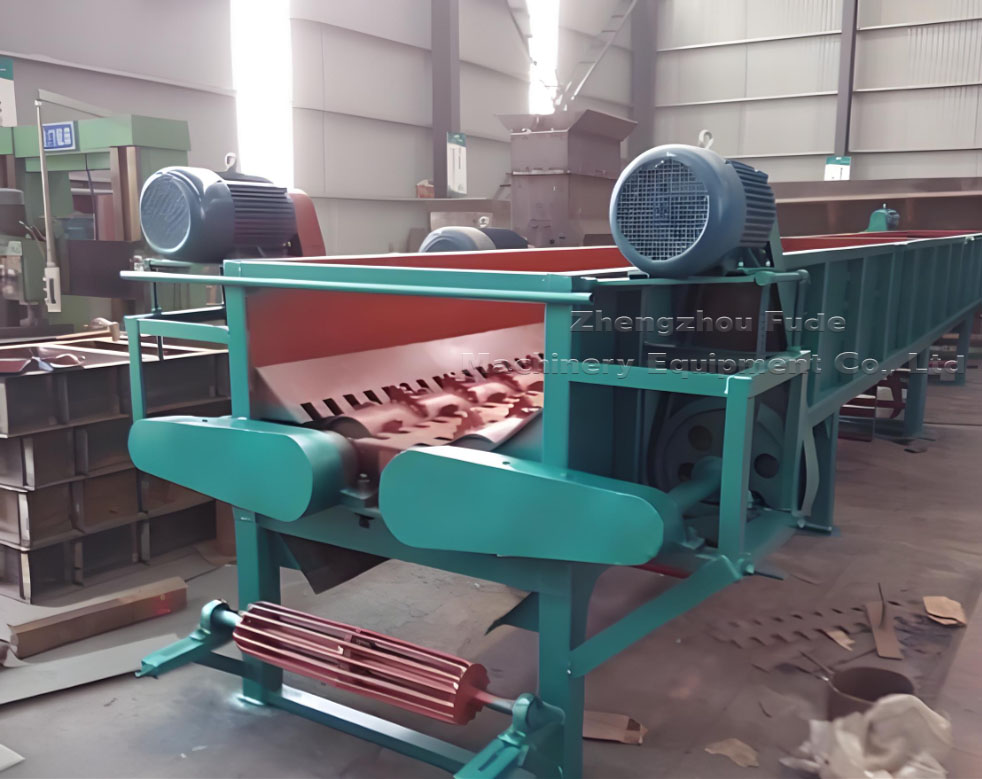
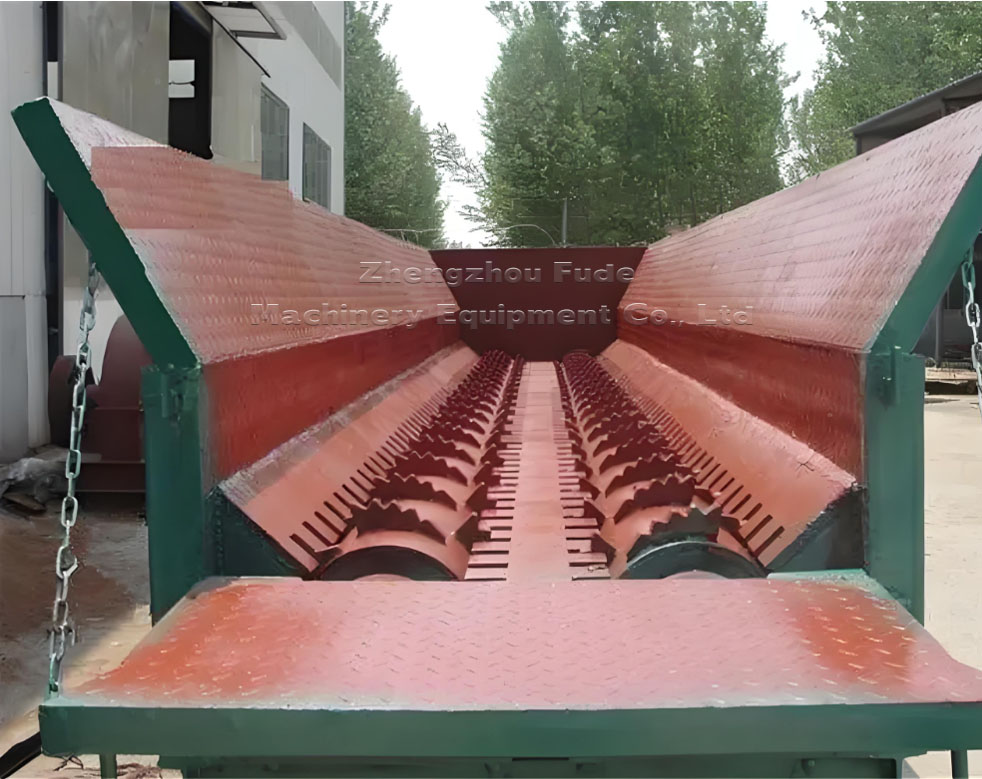
Classification of Peeling Machines
- Single stick groove wood peeling machine: composed of feeding mechanism, discharging mechanism, cutter head, transmission system, drum, etc.
- Technical features:
- Spring pulled follow-up peeling knife: Efficient peeling is achieved by alternately rotating the drum clockwise and counterclockwise.
- Hydraulic control cutter head pressure regulation: advanced structure, reliable performance, adapt to different wood characteristics.
- Continuously variable speed feeding: It has significant effects on difficult to peel tree species such as frozen wood, bent wood, and eucalyptus.
- Applicable scenarios: rotary cutting factories, plywood factories, paper mills, etc.
- Double roll wood peeling machine: adopts a double roll roller design and is equipped with an open storage bin.
- Technical features:
- Double roller high-speed rotation: By using the impact force of teeth, the wood segment is cyclically moved and rotated, achieving efficient peeling.
- Assembly line operation: supports continuous loading and unloading of materials, with efficient daily processing capacity.
- Low energy consumption and low failure rate: The fixed casing design reduces vibration and noise, making maintenance convenient.
- Applicable scenarios: MDF mills, paper mills, wood chip mills, etc.
- Ring type wood peeling machine: The peeling teeth are installed on the inner wall of the circular drum.
- Technical features:
- Friction and impact combination: The wooden segment moves irregularly inside the drum, and the concave part can also fully contact the teeth.
- High stripping rate: The stripping rate of curved logs is better than that of traditional drum type machines.
- Applicable scenarios: forest farms, timber storage yards, artificial board factories, etc.
Video operation effect display of wood peeling machine
Characteristics of Cedar Peeling Machine
- Using four sided cutting tools, easy to use and low cost
- Cutterhead pressure regulation is hydraulically controlled, with advanced structure and reliable performance
- The feeding mechanism adopts continuously variable speed, which has a good peeling effect on difficult to peel tree species such as frozen materials, bent materials, eucalyptus, oak, and elm
- High peeling cleanliness, high productivity, and minimal wood damage
What is the working principle of a wood peeling machine?
- The peeling machine adopts an open material bin, which can be fed from one end and discharged from the other end in a production line operation, overcoming the shortcomings of the existing drum peeling machine’s power outage feeding, discharging, and segmented working mode, and achieving high work efficiency,
- Due to the impact of teeth on the wood segments, the wood peeling machine not only circulates the wood segments within the casing, but also rotates around itself, resulting in high efficiency. Trees such as eucalyptus and poplar that are difficult to peel have good peeling effects, with a cleanliness of over 95%.
- The wood peeling machine has strong adaptability to wood, and can peel wood segments of different tree species, diameters, lengths, and shapes from the wood peeling machine manufacturer. Due to the rotary motion and irregular jumping of the wood segments, the concave part of the bent wood segment can also make good contact with the peeling teeth. Therefore, the static stripping rate of bent logs is much higher than other drum types.
- Due to the large fixed casing of the wood peeling machine, it has low energy consumption, low failure rate, low maintenance workload, much lower vibration and noise than the drum peeling machine. The wood peeling machine can be produced on the ground without the need for a base, making it easy to use
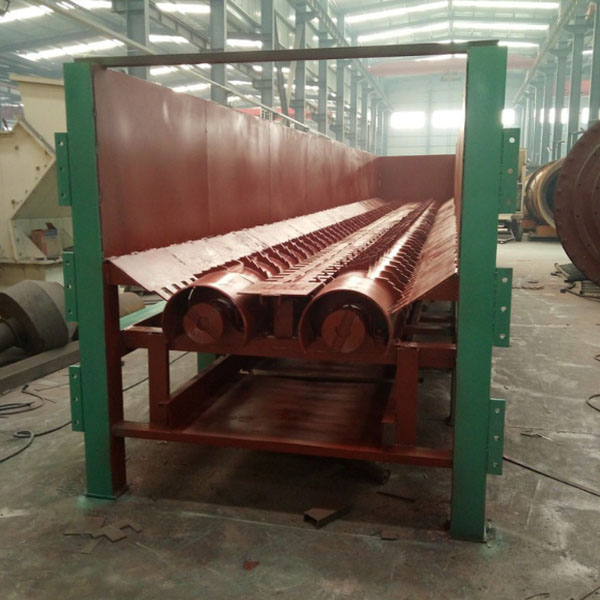
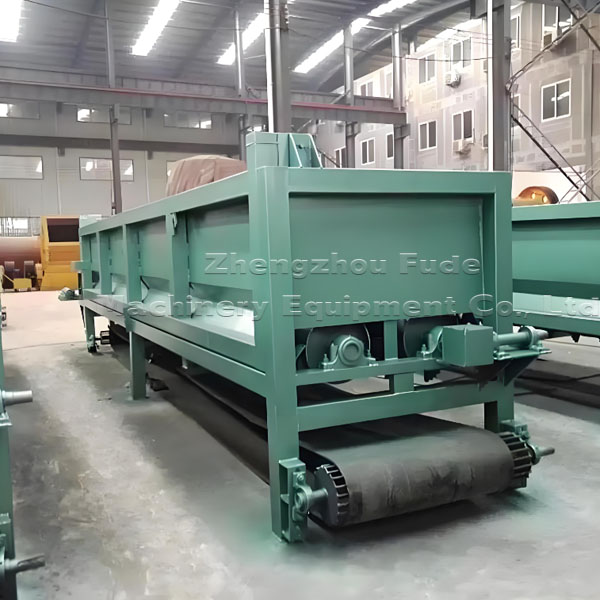
Scope of use of log peeling machine
The peeling machine can process special woods such as frozen wood, dry wood, and bent wood, expanding the source of raw materials.
Modular design supports customized production to meet the needs of enterprises of different scales.
- Paper industry: providing clean raw materials for pulp production and improving paper quality.
- Artificial board industry: providing uniformly peeled wood for the production of plywood and medium density fiberboard.
- Furniture manufacturing: As the preceding process of rotary cutting veneer, it ensures the appearance quality of the board.
- Biomass energy: providing standardized raw materials for the production of biomass pellet fuels.



Why do logs need to be peeled and used?
The use of a wood peeler is not limited to peeling bark, but it can also provide more value for wood processing. After peeling the bark, wood can be more easily cut, processed, and processed. The wood peeling machine greatly improves the processing efficiency of wood, reducing the time and effort required for manual operations. After peeling off the bark, wood can be better preserved and stored, reducing the risk of moisture, mold, and insect damage to the wood.
Wood peeling machine for sale: purchasing suggestions
Select parameters such as peeling range, power, and processing capacity based on processing requirements.
We also need to pay attention to core indicators such as stripping rate and wood loss rate.
For more parameters, please consult Zhengzhou Fude Machinery. We are a comprehensive manufacturer that integrates manufacturing and sales, producing wood processing equipment. We have a professional team and experienced wood knowledge to provide you with free technical quotations.
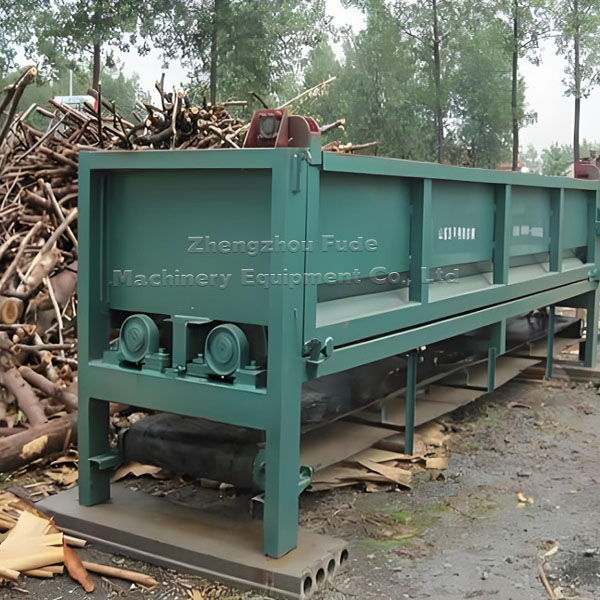
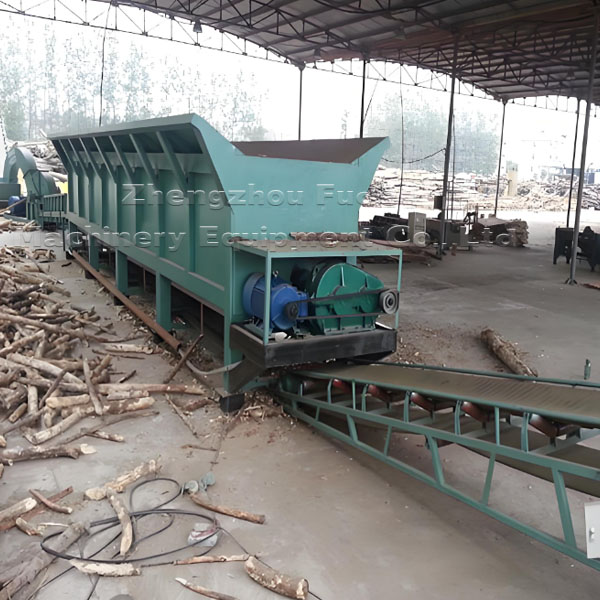
 Fude Machinery-wood crusher manufacturer
Fude Machinery-wood crusher manufacturer
